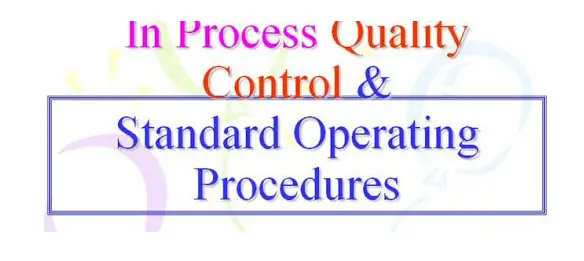Retrospective Validation
The retrospective validation – to establish manufacturing procedures for products that are considered stable and resource limitations, prospective validation programs cannot be possible. Before initiation of retrospective validation, the numerical in-process and end-product test data of historic production batches are considered for statistical analysis, and the equipment, facilities, and subsystems used in connection with the manufacturing process must be qualified in conformance with CGMP requirements.
The basis for retrospective validation is stated in 21CFR 211.110(b) “Valid in-process specifications for such characteristics shall be consistent with drug product final specifications and shall be derived from previous acceptable process average and process variability estimates where possible and determined by using of suitable statistical procedures where appropriate.”
The concept of using the accumulated final product as well as in-process numerical test data and batch records to provide documented evidence of the product and manufacturing process.
The concept of retrospective validation is also recognized in the FDA’s Guidelines on General Principles of Process Validation.
Collection of data using either data-based computer systems [28,29] or manual methods, retrospective validation may be conducted in the following manner-
- Gather the numerical data from the completed batch record and include assay values, end-product test results, and in-process data.
- Organize these data in a chronological sequence according to batch manufacturing data, using a spreadsheet format.
- Include data from at least the last 20–30 manufactured batches for analysis. If the number of batches is less than 20, then include all manufactured batches and commit to obtaining the required number for analysis.
- Trim the data by eliminating test results from noncritical processing steps and deleting all gratuitous numerical information.
- Subject the resultant data to statistical analysis and evaluation.
- Draw conclusions as to the state of control of the manufacturing process based on the analysis of retrospective validation data.
- Issue a report of your findings (documented evidence).
One or more of the following output values (measured responses), which have been shown to be critical in terms of the specific manufacturing process being evaluated, are usually selected for statistical analysis.
Solid Dosage Forms
- Individual assay results from content uniformity testing.
- Individual tablet hardness values.
- Individual tablet thickness values.
- Tablet or capsule weight variation.
- Individual tablet or capsule dissolution time (usually at t50%) or disintegration time.
- Individual tablet or capsule moisture content.
Semisolid and Liquid Dosage Forms
- pH value (aqueous system)
- Viscosity
- Density
- Color or clarity values
- Average particle size or distribution
- Unit weight variation and/or potency values
The statistical methods that may be employed to analyze the numerical output data from the manufacturing process are listed as follows:
- Basic statistics (mean, standard deviation, and tolerance limits)
- Analysis of variance (ANOVA and related techniques)
- Regression analysis
- Cumulative sum analysis.
- Cumulative difference analysis
- Control charting (averages and range).
Control charting, with the exception of basic statistical analysis, is probably the most useful statistical technique to analyze retrospective and concurrent process data. Control charting forms the basis of modern statistical process control
Reference- Pharmaceutical Process Validation (Robert A. Nash & Alfred H. Wachter)

